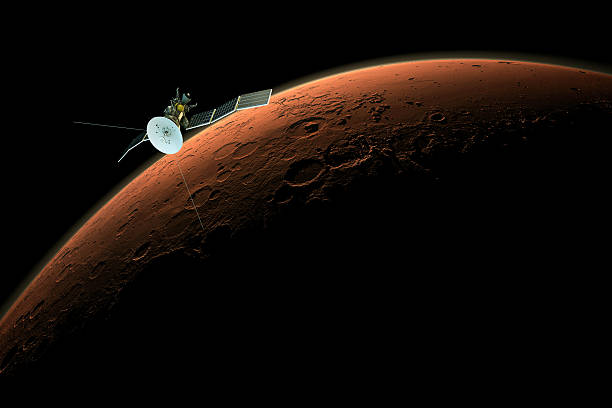Voyager 1 spacecraft has detected a deep space hum from 14 billion miles away. Instruments on the spacecraft have uncovered a “constant drone of interstellar gas”.
A study at Cornell University recently released data that details how Voyager 1’s instruments have uncovered the “constant drone of interstellar gas” or plasma waves.
“It’s very faint and monotone because it is in a narrow frequency bandwidth. We’re detecting the faint, persistent hum of interstellar gas.” said Cornell doctorate astronomy student Stella Koch Ocker.
Voyager 1’s data has also allowed researchers to understand how the interstellar medium engages with solar wind.
Additionally, it allows us to understand how the protective bubble of our solar system’s heliosphere is shaped and changed by the deep space environment.

How Long has voyager 1 been in deep space?
44 years ago, NASA’s voyager 1 spacecraft is now the farthest human-made object in space. It has sent back new findings from past the edge of our solar system.
Voyager 1 travels approximately 37, 998 miles per hour and flew by Jupiter in 1979, then Saturn in 1980. Now it has flown through the heliopause which is the solar system’s border known as the interstellar medium.
How does voyager 1 detect the deep space hum?
Once Voyager 1 entered interstellar space, the “plasma wave system” detected disruptions in the gas. Researchers were able to detect a steady, persistent sound that “the tenuous near-vacuum of space”produces.
“the interstellar medium is like gentle rain. In case of a solar outburst, it’s like detecting a lightning burst in a thunderstorm and then it’s back to gentle rain.” said senior author James Cordes, the George Feldstein Professor of Astronomy.
When Voyager 1 started its journey into deep space, it left carrying a golden record created by Cornell professor Carl Sagan. The spacecraft has almost 70 kilobytes of computer memory and at the beginning of the mission, a data rate of 21 kilobits per second.
Due to the vast distance, the communication has slowed down to 160-bits per second.
Why is this data important?
Stella Koch Ocker believes that there is more low-level activity in the interstellar gas than had been previously thought. In turn, this allows scientists to track the spatial distribution of plasma when it is not being disturbed by solar flares.
Shami Chatterjee, Cornell research scientist, explains why tracking this data is important. “We’ve never had a chance to evaluate it. Now we know we don’t need a fortuitous event related to the sun to measure interstellar plasma.”
“Regardless of what the sun is doing, Voyager 1 is sending back data. The craft is saying ‘here is the density I’m swimming through right now. and here is is now, and here it is now…’ Voyager is quite distant and will be doing this continuously.”
Up Next … Advantages of Online Shopping
Stay Connected